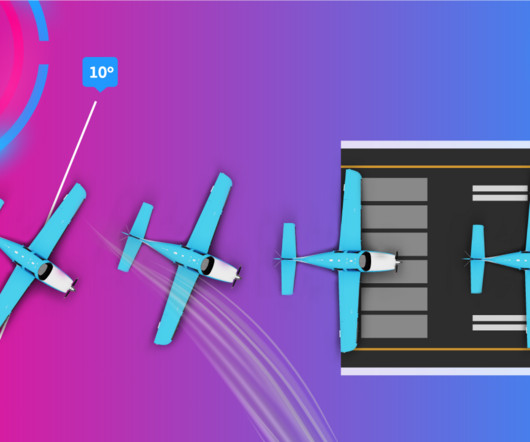Crosswind Landing Gone Wrong: TUI Boeing 737 at Leeds Bradford
Fear of Landing
FEBRUARY 7, 2025
A poster on PPRuNe asked about the landing conditions: Is it pretty much standard for operators of this particular aircraft type in the UK to land in 35 knot crosswinds on 1800m wet runways? They came down crabbing, a technique used to counteract the effect of the crosswind. The responses were characteristically blunt.



















Let's personalize your content